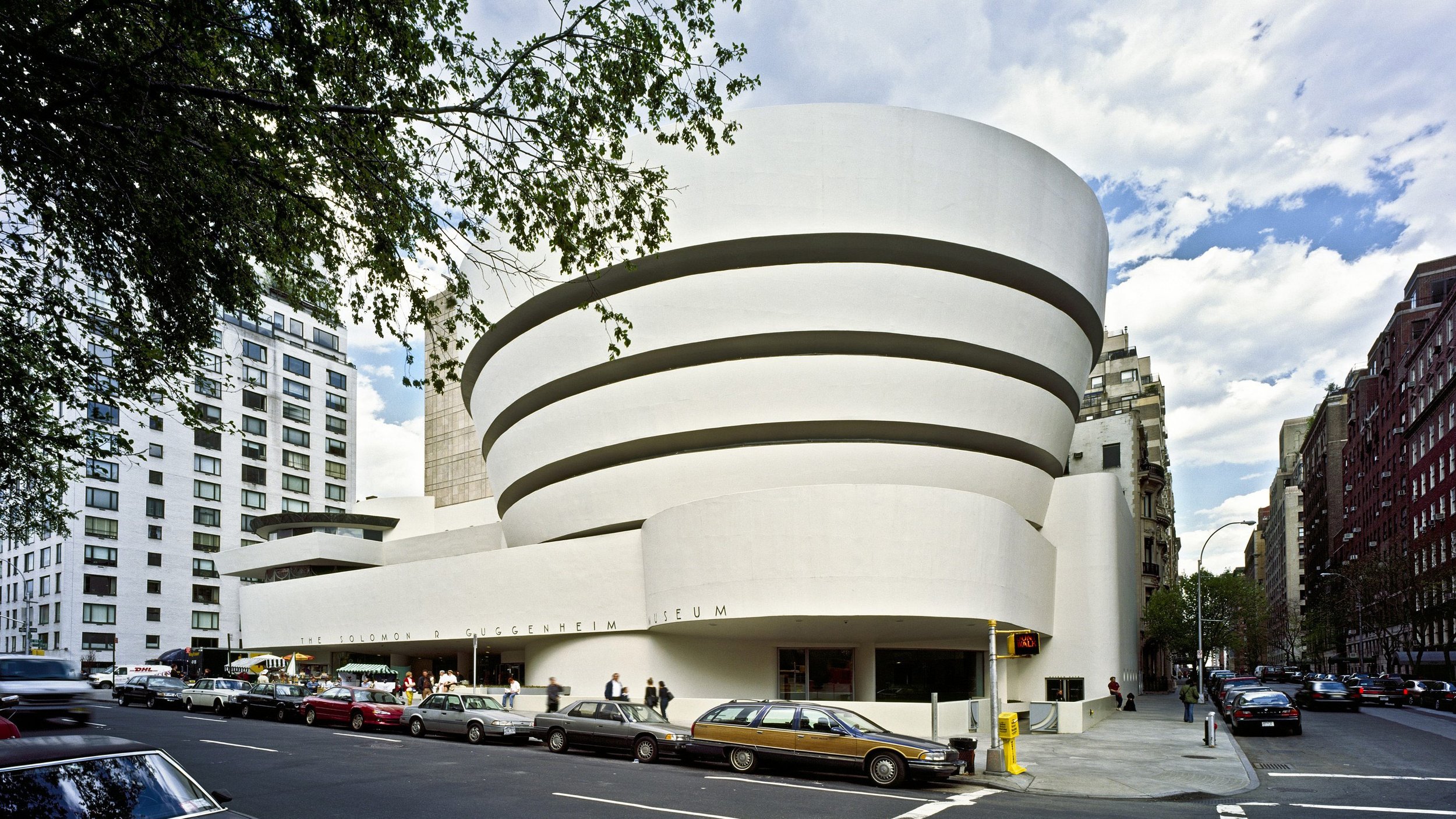The Legendary Frank Lloyd Wright - Part I
Frank Lloyd Wright (June 8, 1867 – April 9, 1959) was an American architect, designer, writer, and educator. He designed more than 1,000 structures over a creative period of 70 years.
Frank Lloyd Wright, a pioneering architect of the 20th century, left an indelible impression on the world of architecture with his innovative designs and philosophies. Wright, born in 1867, was a visionary who reshaped the landscape of modern architecture.
Fallingwater - Mill Run, Pennsylvania
Wright's architectural impression can be summarised in several key principles. He championed "organic architecture," a concept that aimed to harmonise buildings with their natural surroundings. This philosophy is perhaps best exemplified in his creation of Fallingwater, a masterpiece that seemingly emerges from the rugged terrain of Pennsylvania, integrating water, stone, and timber seamlessly into the design.
New York - Solomon R. Guggenheim Museum - Established in 1939 • Built in 1959
His use of materials was also groundbreaking, as he experimented with concrete, glass, and steel in ways that defied conventional norms. The iconic Guggenheim Museum in New York City, with its spiral form and circular atrium, is a testament to his pioneering use of materials.
Built between 1908 and 1909, this Frank Lloyd Wright-designed home is considered "Michigan's Prairie masterpiece."
In addition to his material innovation, Wright's focus on "open plan" design emphasised the importance of fluid spaces that flowed together, rather than the traditional compartmentalised rooms. This concept, vividly illustrated in the Prairie Houses, revolutionised residential architecture by providing a sense of openness and unity within homes.
Furthermore, Wright's creations extended to interior details, such as his distinctive stained glass windows and intricate geometric patterns. These elements added unique character to his buildings, making each one an artistic masterpiece.
Frank Lloyd Wright
Wright's architectural impression extended beyond the physical structures he designed. He was a prolific writer and lecturer, spreading his architectural philosophy through his words and teachings. His book, "The Autobiography of an Idea," provided deep insights into his design principles and vision for architecture.
The David and Gladys Wright House is a Frank Lloyd Wright residence built in 1952 in the Arcadia neighborhood of Phoenix, Arizona.
In conclusion, Frank Lloyd Wright's architectural impression is one of innovation, organic integration with the environment, groundbreaking material use, open and flowing spaces, and meticulous attention to detail. His influence on modern architecture is immeasurable, and his designs continue to inspire architects and captivate the world with their timeless beauty and functionality.




